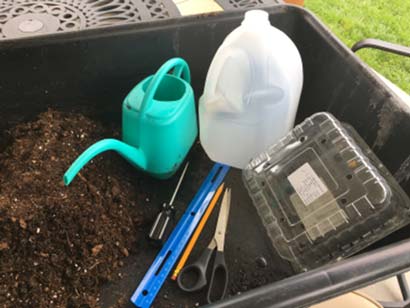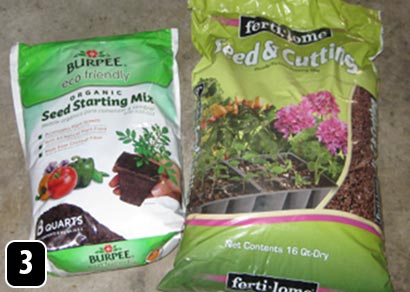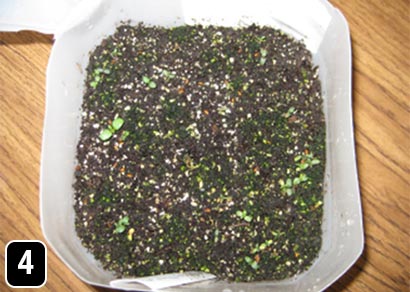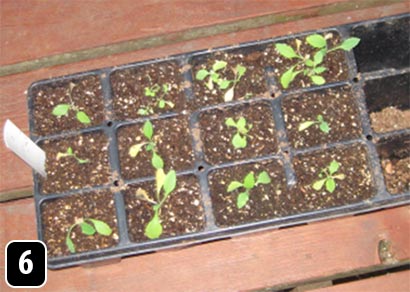New
Start your garden in the winter by starting seeds in a specially prepared milk jug. Learn what plants you can winter sow and how to do it in this one-page guide.
Winter sowing is a method of starting seeds in late winter for spring transplanting. The dome works similar to a mini greenhouse.
What plants can I winter sow?
Plants include but are not limited to:
- Perennial flowers -— dianthus, phlox, gaillardia, Shasta daisy, poppy, salvia
- Native plants -— milkweed, black-eyed Susan, purple cone flower, liatris, lobelia, penstemon and countless others
- Cool season annuals to start in fall or winter -— snapdragon, pansy, nasturtium
- Cool season vegetables in late winter -— broccoli, cabbage, cauliflower, lettuce, kale and spinach
- Warm season vegetables can be started in April -— tomatoes, peppers, zucchini, cucumbers
- Herbs -— oregano, marjoram, thyme, chives, basil, parsley
Directions
- Start with a clean milk jug. Using a sharp object, punch several drain holes in bottom. Discard the cap of the milk jug.
- Cut around the middle of the jug leaving just a small hinge.
- Use a well-draining potting mix.
- Fill the bottom of the milk jug with potting mix 3 inches deep. Moisten the soil thoroughly and then let it drain. Sow seeds according to the depth on the seed packet. Reattach top and bottom using duct tape. Label date and what was planted. Insert the label inside. Place outdoors in a protected area but can still receive sun, rain and snow through the hole at the top.
- Once seedlings emerge, monitor often. Even during the cold temperatures, the inside of the milk jug can heat up quickly and cause seedlings to wilt. It may need opened during the day but close it in the evening. Once temperatures warm up in spring, the top can be removed during the day and then put back on at night.
- Monitor soil moisture and water when needed. Transplant seedlings when 2 to 3 inches tall and have true leaves.
 Clean milk jug
Clean milk jug




